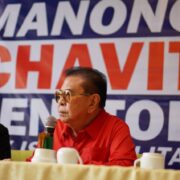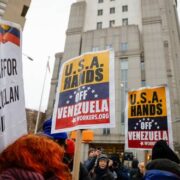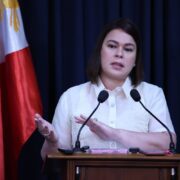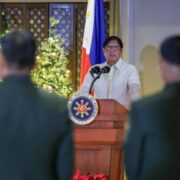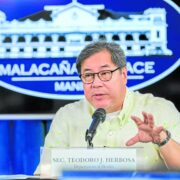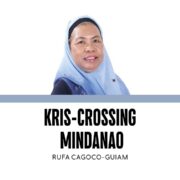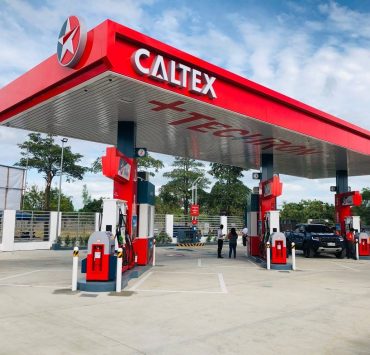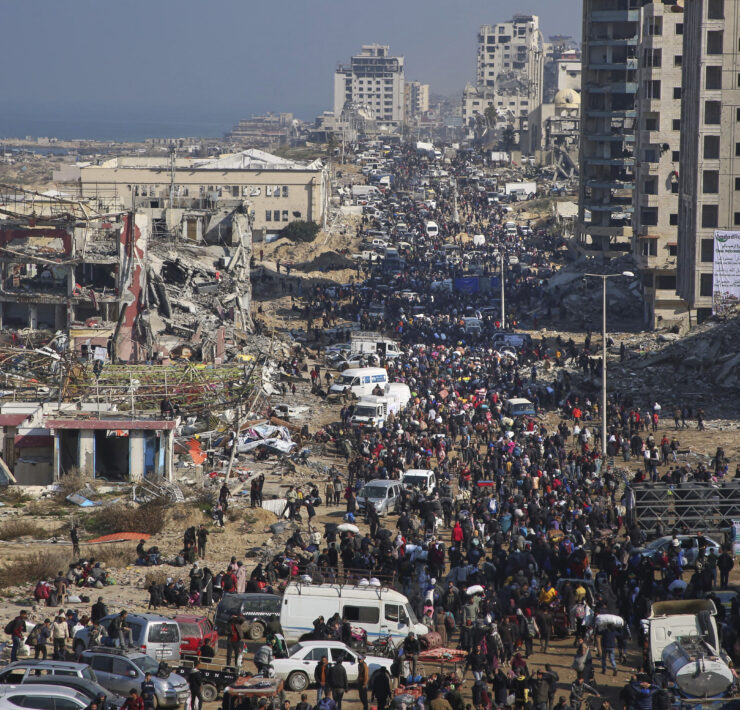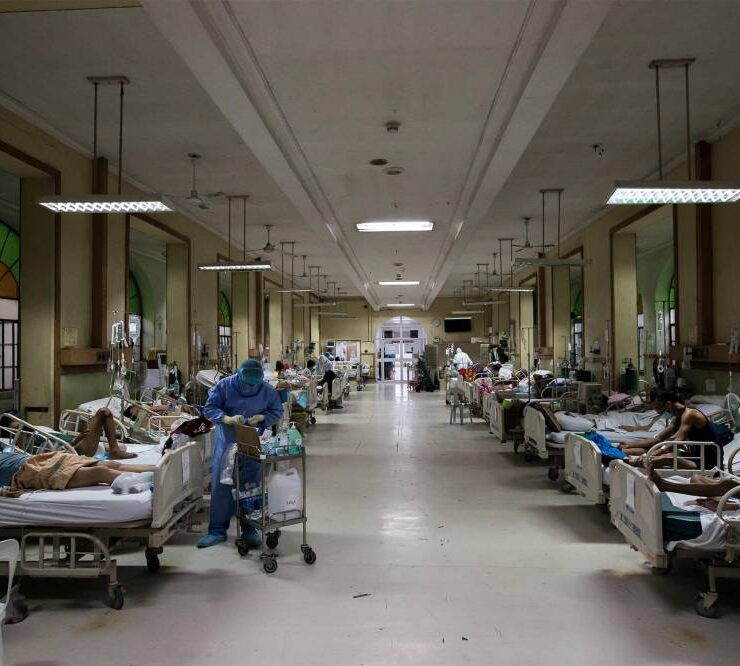A call for action to deal with environmental and human health concerns following the Manila Bay oil spill
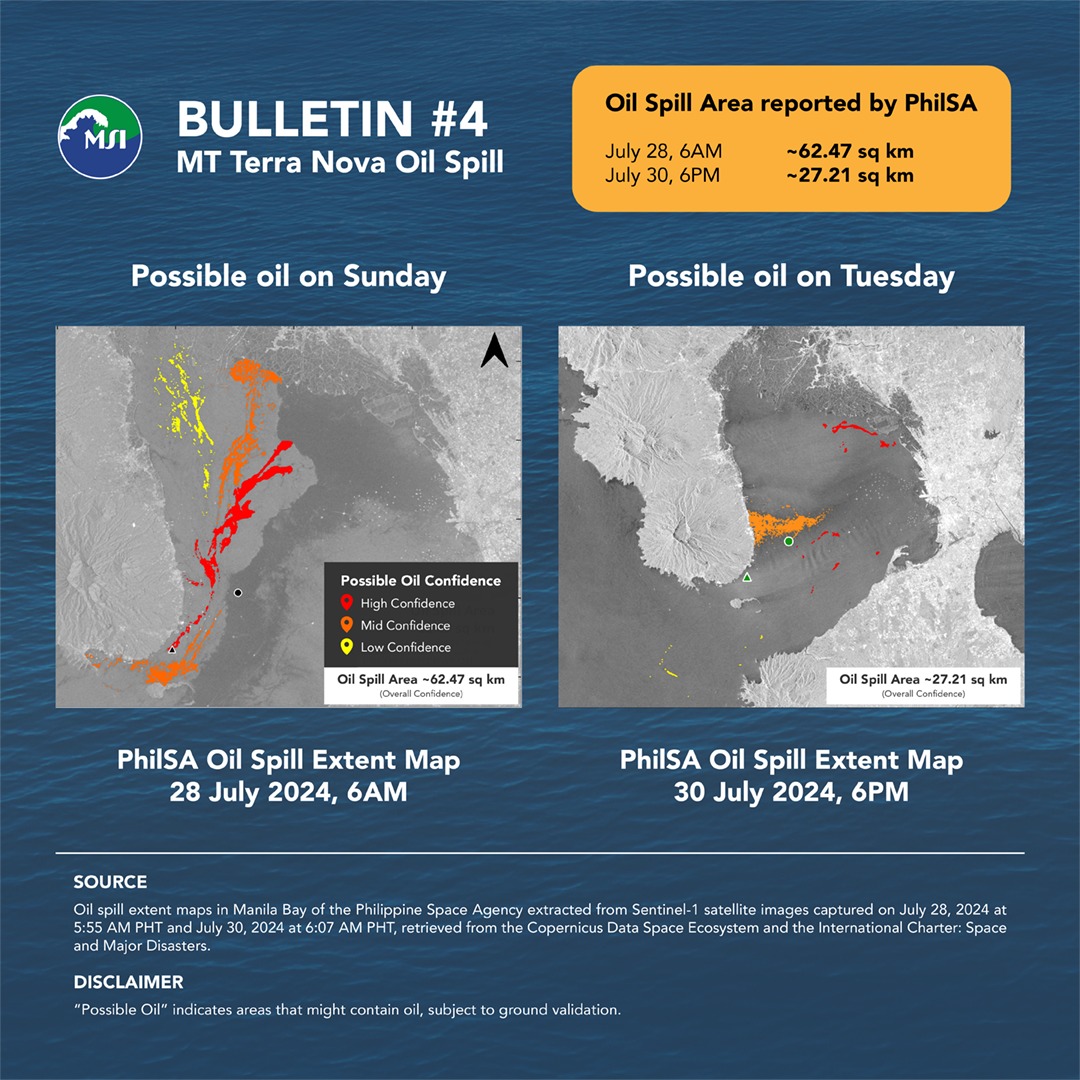
The Philippines, as an archipelago, faces a high risk of oil spills due to significant ship traffic, whether from within the country or international vessels on friendly passage. Notable incidents like the Guimaras and Mindoro oil spills underscore this risk. The severity of the Guimaras oil spill in August 2006 served as a catalyst for the government to establish the National Oil Spill Preparedness and Response Plan (NOSP), spearheaded by the Philippine Coast Guard in collaboration with the Department of Energy, Maritime Industry Authority, and the Department of Environment and Natural Resources.
Recall that the Guimaras oil spill was a tragic event resulting from the sinking of the oil tanker MT Solar I off Guimaras Island’s coast, releasing approximately 2.1 million liters of bunker fuel. This catastrophe had devastating effects on marine ecosystems, coral reefs, and the livelihoods of local communities. This incident emphasizes the vital importance of swift response and effective containment measures to minimize environmental damage. Coordination among government agencies, local communities, and stakeholders is essential for a well-coordinated response to such emergencies.
Continuous environmental monitoring and assessment are crucial for understanding the spill’s impact and guiding cleanup efforts. Engaging stakeholders and maintaining transparent communication are key to addressing social and economic impacts and managing public concerns. Long-term recovery and rehabilitation efforts, including ecosystem restoration and community support, are essential for successful post-spill recovery.
Lessons learned from past oil spill disasters, such as the Guimaras incident, should inform future response efforts to avoid similar environmental catastrophes. Therefore, addressing and mitigating recent oil spills, such as the one in Manila Bay following Typhoon “Carina,” should be approached with urgency.
The seemingly slow response to the recent Bataan incident, leading to oil spreading and endangering fisheries and shellfish industries off Cavite, underscores the critical need for immediate action. Manila Bay’s semi-enclosed nature increases the likelihood of oil dispersion within the bay, necessitating prompt intervention to prevent further damage.
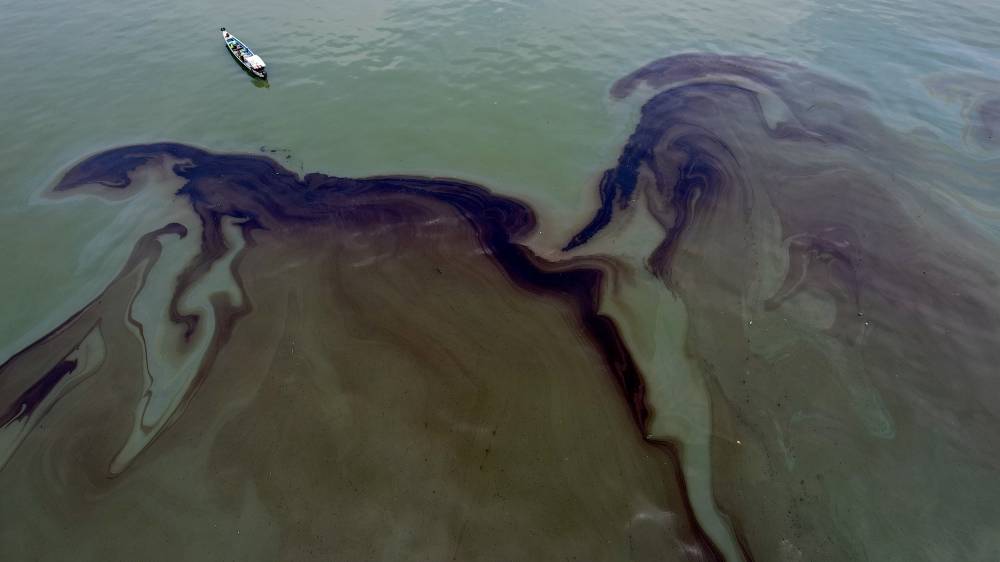
Crucial satellite imagery
It is reassuring to know that efforts to manage and mitigate the recent oil spill are greatly enhanced by the collaboration of several key organizations and experts. The Philippine Space Agency (PhilSA), for instance, provides crucial satellite imagery that determines the extent of the oil spill. Complementing this, a team of experts from the Physical Oceanography Laboratory and the Physical Oceanography Observation Laboratory of the Marine Science Institute of the University of the Philippines in Diliman, headed by Dr. Cesar Villanoy and Dr. Charina Lyn Repollo, respectively, contribute their expertise in oil spill dispersal trajectories.
Using modeling techniques, these experts run oil spill trajectory models to forecast the movement of oil slicks based on the prevailing weather patterns, ocean currents, and recent data on the extent of the slicks provided by PhilSA. These models play a crucial role in predicting the possible transport routes and impact zones of an oil spill, helping to inform the public and direct response efforts on the ground.
The University of the Philippines Marine Science Institute (UPMSI) consistently provides updates on the oil dispersal trajectory on its website and social media platforms. In the event of an oil spill, time is of the essence as the spill can rapidly spread via surface currents. It is crucial for the relevant government agencies to promptly implement effective measures. Nonetheless, it is widely acknowledged that prevention is the best approach when it comes to oil spills.
Key prevention measures
In an interview with James Gamble, the senior director for the Arctic Program of Pacific Environment and a key figure involved in shipping-related activities with the International Maritime Organization, he highlights the critical significance of key prevention measures in averting oil spills and safeguarding the environment. Gamble underlines the effectiveness of incorporating double hulls on oil tankers as a crucial preventive measure to minimize the likelihood of oil leaks in instances of collisions or groundings. He notes that the International Maritime Organization (IMO) regulations require double hulls for all oil tankers of 5,000 deadweight tons and above. Moreover, he stresses the importance of vessel traffic management, emphasizing the stringent enforcement of regulations and continuous monitoring to avert accidents that could trigger detrimental oil spills.
Furthermore, Gamble emphasizes the imperative for companies and agencies engaged in oil transportation to establish and uphold comprehensive oil spill response plans, including spill response drills, to guarantee swift containment and cleanup should a spill occur. He accentuates the necessity of conducting regular inspections and maintenance of oil tankers, pipelines, and storage facilities to promptly identify and address potential issues to prevent spills. Additionally, Gamble underscores the deployment of oil spill containment booms surrounding vessels, especially to protect environmentally sensitive areas as a highly effective strategy in bolstering spill control and cleanup endeavors.
Finally, Gamble notes that the best possible action is to prevent oil spills in the first place, and he encourages the prevention activities discussed above, including the transition to cleaner fuels.
Our heavy dependence on fisheries and other marine resources emphasizes the pressing need for immediate action to reduce environmental harm. This can help avoid the imposition of drastic measures such as temporary closures that could harm small-scale fishers, even briefly, by depriving them of income and food. A single day of closure for a subsistence fisher means a day without earnings and, consequently, without sustenance. The government must promptly address the consequences and not postpone assistance to affected fishers.
The Pampanga River Delta, known for its extensive polyculture and semi-intensive monoculture of shrimp, crab, tilapia, and milkfish, is also threatened by the oil spill. Additionally, the mussel industry faces significant risk in such scenarios, as mussels, being filter feeders, absorb pollutants like oil from the water column. Contaminated mussels are unsafe for human consumption.
Challenges in Manila Bay cleanup
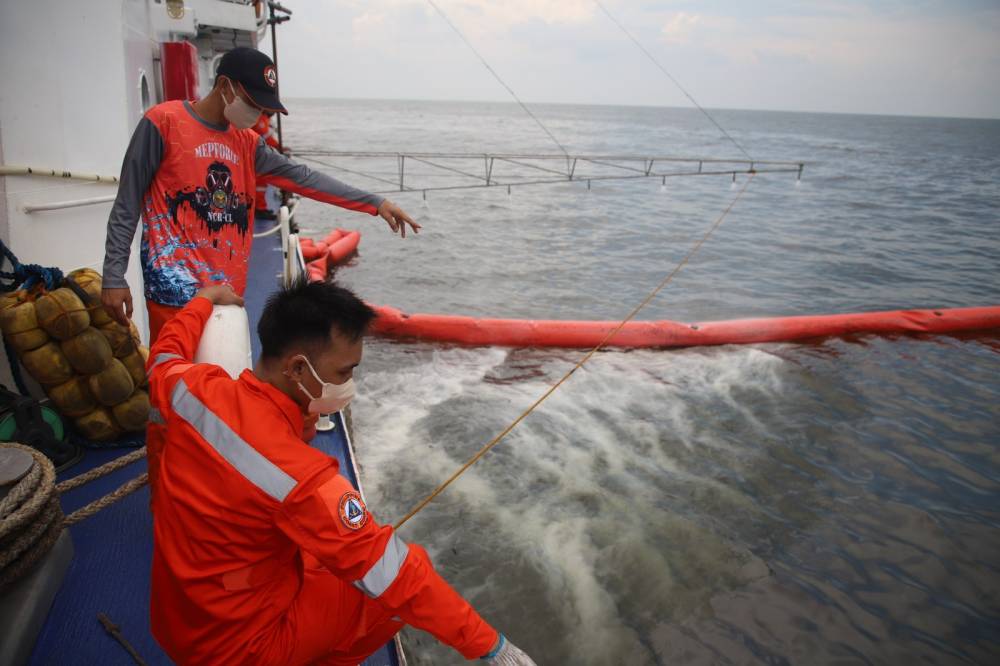
According to Dr. Repollo, the semi-enclosed nature of the bay worsens the impact, causing significant degradation of water quality that harms marine life and critical coastal ecosystems such as seagrasses, mangroves, and coral reefs. She also notes that cleanup efforts in Manila Bay will face greater challenges due to its semi-enclosed nature, which restricts water circulation and flushing, leading to the accumulation and prolonged presence of oil. Moreover, the high concentration of urban and industrial activities surrounding the bay complicates cleanup operations and increases the risk of further contamination.
How long an oil spill stays in water can vary based on the kind of oil, the environmental factors, and how it is cleaned up. Studies show that leftover oil can stay in sediment for years after cleanup, which could be risky for people’s health. The prolonged presence of oil in the bay heightens the risk of bioaccumulation and biomagnification up the food chain, potentially endangering the safety of fish meant for human consumption.
Today, the Bureau of Fisheries and Aquatic Resources (BFAR) has issued an advisory cautioning against the consumption of fish sourced from Manila Bay. Despite the prior perception of the bay as depauperate, recent studies by BFAR reveal thriving fisheries in Manila Bay, with sardines comprising about 90 percent of the catch, in addition to mackerel. This scenario could potentially affect the fish supply for Metro Manila.
It is notable that the Partnerships in Environmental Management for the Seas of East Asia (PEMSEA), in collaboration with the Philippine Coast Guard and the Department of Environment and Natural Resources under the Manila Bay Environmental Management Project, developed the Manila Bay Oil Spill Contingency Plan in 2006, outlining a multisectoral arrangement and strategies to address oil spill emergencies. It is imperative to evaluate the efficiency and execution of this plan to better understand its effectiveness in safeguarding coastal areas and mitigating the impacts of oil spills.
In conclusion, the devastating repercussions of oil spills, exemplified by incidents like the one in Guimaras and Mindoro, underscore the critical need for proactive measures to prevent and respond effectively to such disasters. Cooperation among government bodies, local communities, and stakeholders is essential for a swift and well-coordinated response to minimize environmental damage and mitigate social and economic impacts.
Scientists are vital in oil spill response, guiding efforts by modeling potential oil spill transport, advising on cleanup strategies, and monitoring impacts. The economic repercussions of oil spills on sectors like fisheries and aquaculture necessitate swift intervention to avert long-term harm to livelihoods. As rightly noted by an international development worker, while Filipinos excel in planning, implementation remains a challenge. It is essential to challenge this perception and take decisive action to fulfill commitments to the numerous fisherfolk, their families, and other stakeholders in Manila Bay.
Dr. Michael P. Atrigenio is an Assistant Professor at the Marine Science Institute of the University of the Philippines Diliman and the program head of the Professional Masters in Tropical Marine Ecosystems Management Program. He is also the President of the Marine Environment and Resources Foundation.





